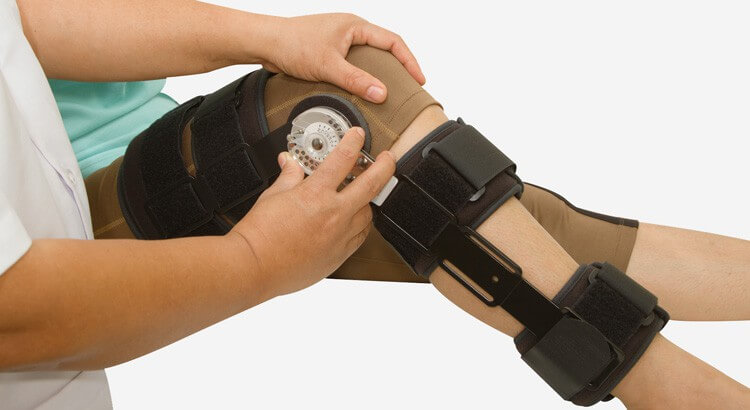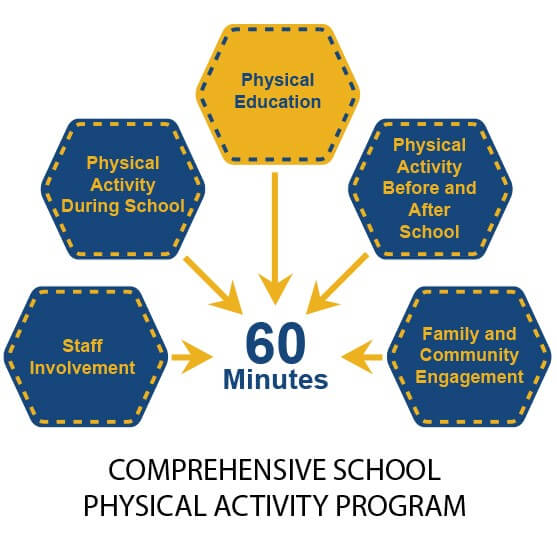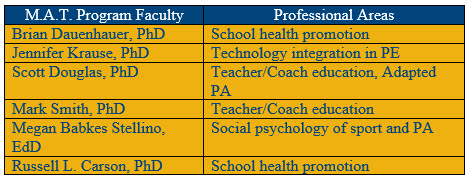Bracing and orthotic management for children with disabilities is often overlooked in physical education. Orthotics may be defined as custom-made devices that are fabricated to address musculoskeletal deformities, deficits, or discrepancies, while attempting to increase function or regain mobility of a specific musculoskeletal structure.

Orthotic wearing schedules, maintenance, and compliance are among some of the most important components leading to successful orthotic interventions or treatment plans. Physicians, orthotists, and therapists work diligently to select the most appropriate orthotic device for a child while considering his or her diagnosis, physical limitations, level of cognition, gait abnormalities, range of motion (ROM), skin sensitivities, and environmental factors. Because children wearing orthotic devices spend most of their time in school settings, it is important for adapted physical educators to understand the basic components of orthotic management in order to meet treatment goals, increase physical function, and most importantly to ensure the safety of the child.
Wearing Schedules
Typically, orthotic braces are prescribed to maintain alignment, prevent further deformity, and facilitate independence during functional activities. Orthotists and therapists generally instruct orthotic patients to wear the device during all physical activities, and recommend disuse of the orthosis during several activities of daily living such as bathing and sleeping. Adapted physical educators should keep the following factors in mind when working with special needs students who wear custom-made orthotics:



 The Sport and Exercise Science faculty (see table) at the University of Northern Colorado (UNC) have answered the call for CSPAP-enhanced teacher preparation programs by reshaping their Master of Arts in Teaching (M.A.T.) program. The M.A.T in Physical Education and Physical Activity Leadership at UNC is one of the first of its kind dedicated to preparing, supporting, and mentoring school champions to effectively implement prolonged CSPAP efforts in and around schools. The two year program is conducted in a convenient hybrid format for working professionals; online courses occur during the fall and spring semesters, and an on-campus two-week summer institute during the summer. The program advances candidates’ knowledge in physical education, while educating them on how to promote school-wide physical activity, coordinate before and after school physical activity opportunities, and increase staff, family, and community involvement. Applications for the first cohort are now being accepted at
The Sport and Exercise Science faculty (see table) at the University of Northern Colorado (UNC) have answered the call for CSPAP-enhanced teacher preparation programs by reshaping their Master of Arts in Teaching (M.A.T.) program. The M.A.T in Physical Education and Physical Activity Leadership at UNC is one of the first of its kind dedicated to preparing, supporting, and mentoring school champions to effectively implement prolonged CSPAP efforts in and around schools. The two year program is conducted in a convenient hybrid format for working professionals; online courses occur during the fall and spring semesters, and an on-campus two-week summer institute during the summer. The program advances candidates’ knowledge in physical education, while educating them on how to promote school-wide physical activity, coordinate before and after school physical activity opportunities, and increase staff, family, and community involvement. Applications for the first cohort are now being accepted at 